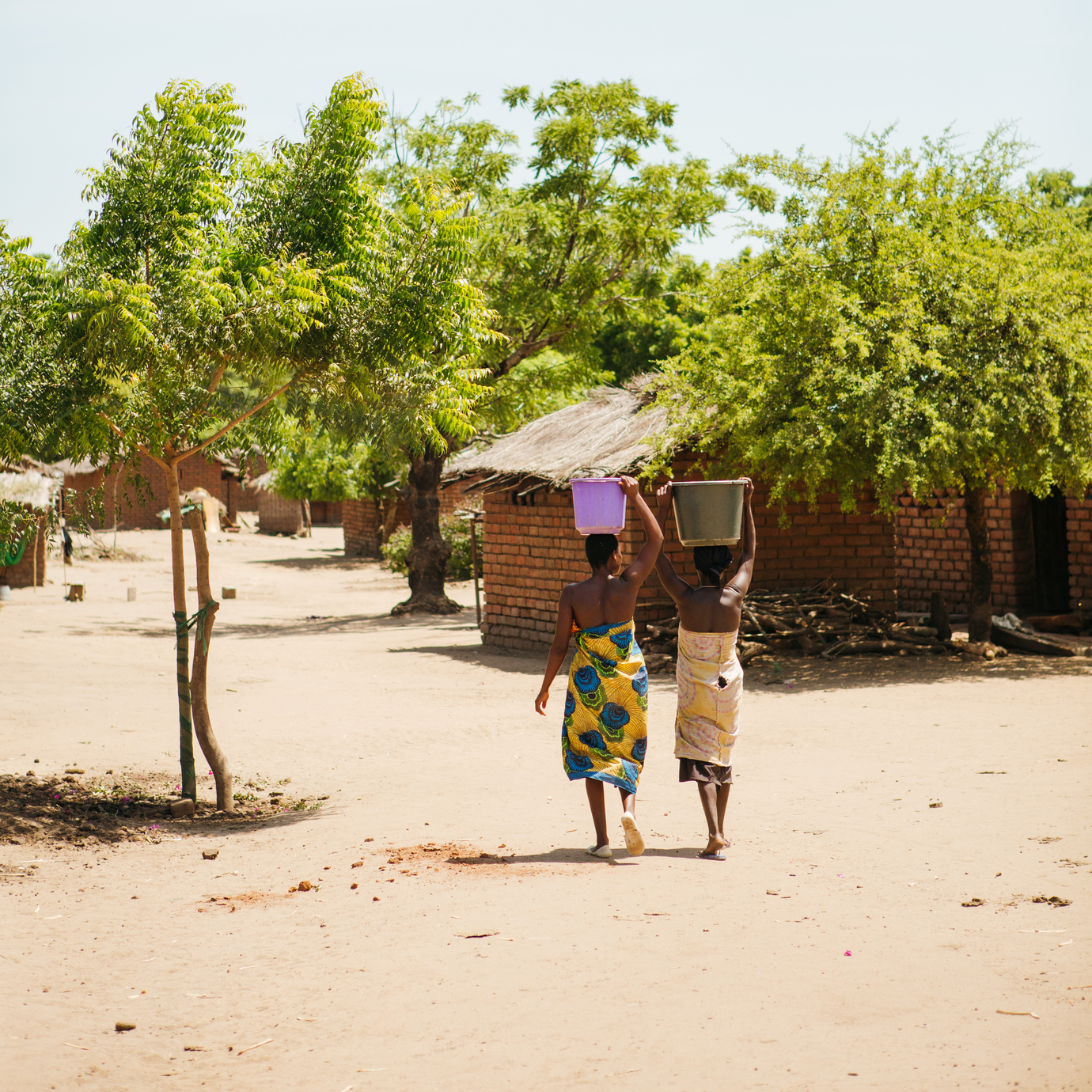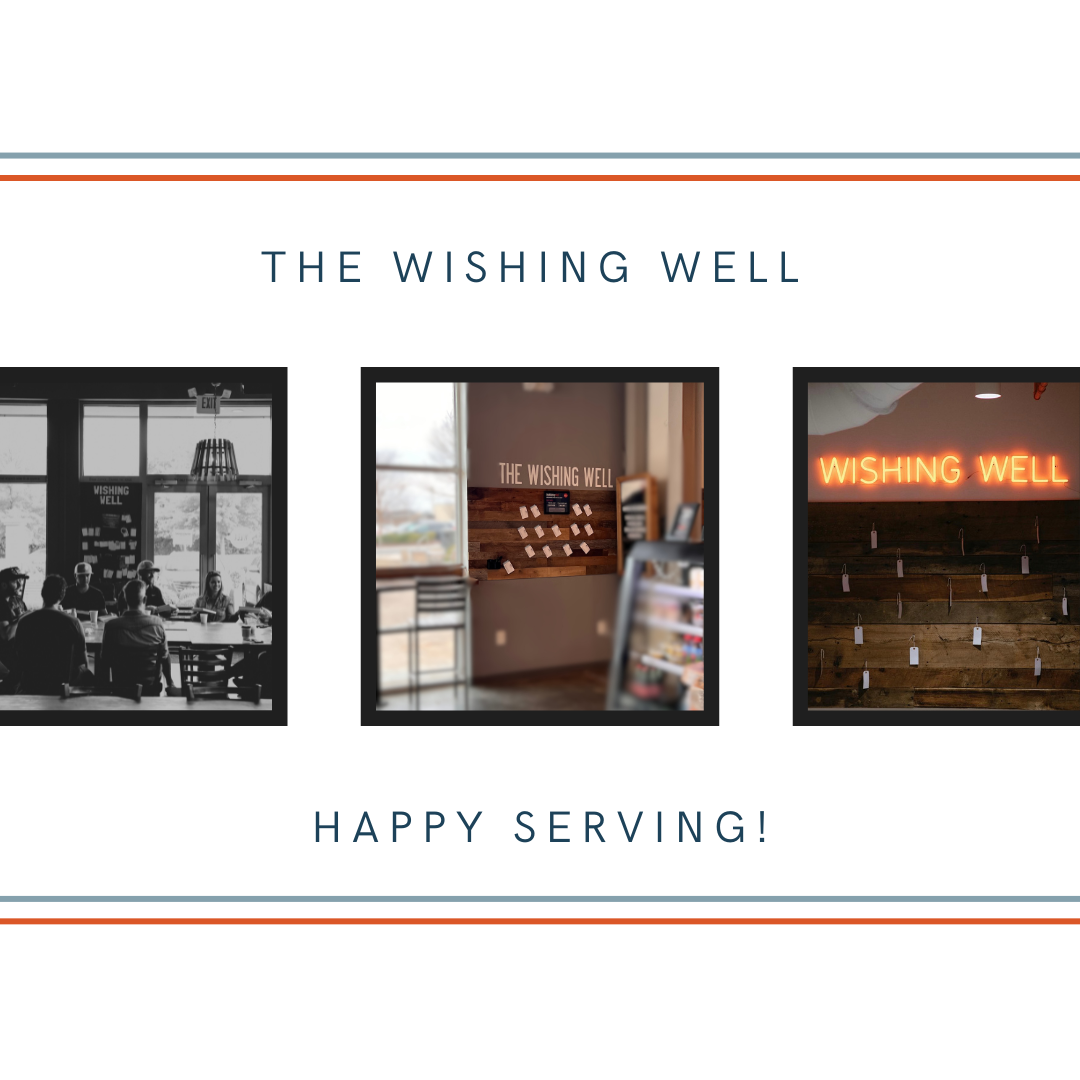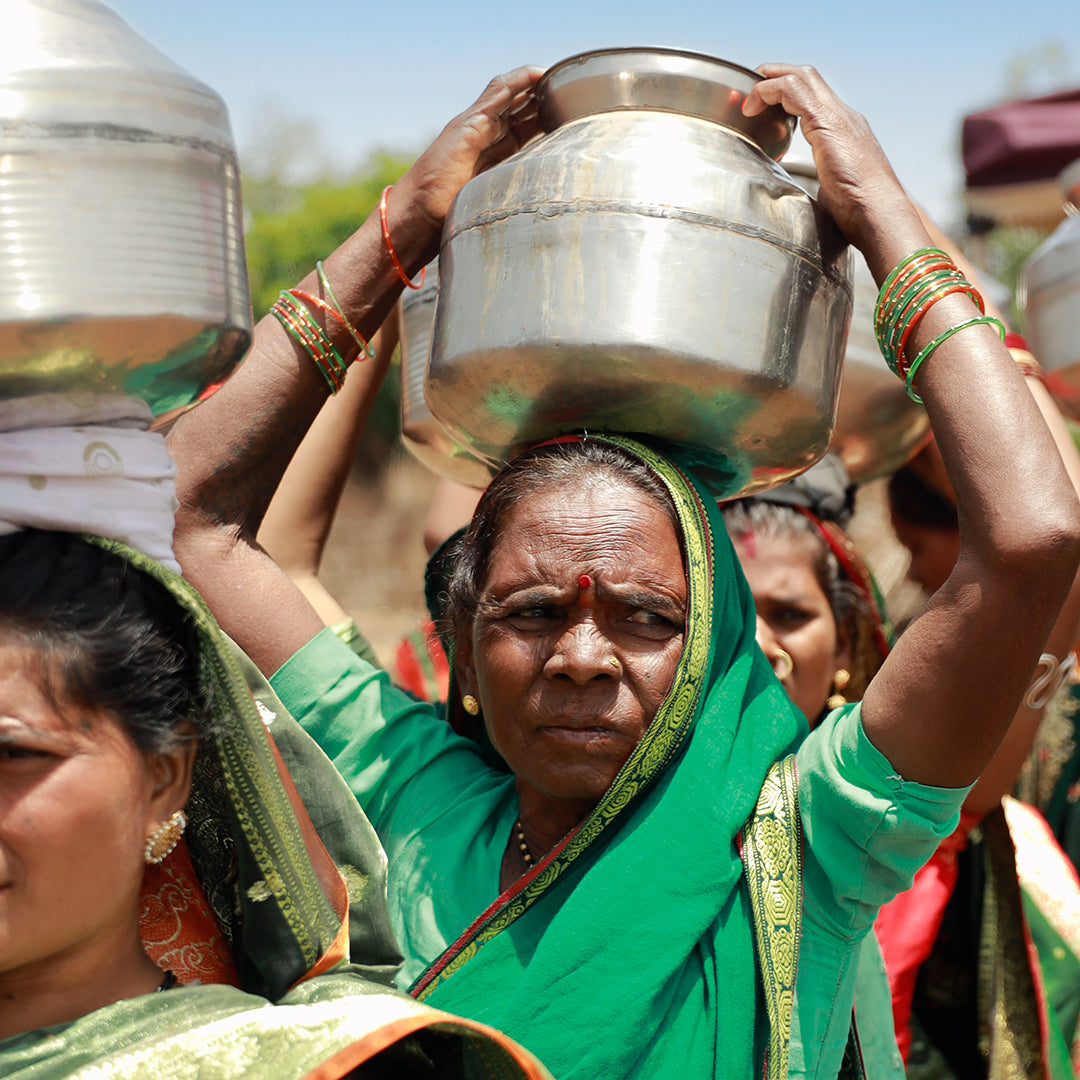Cuppings: How We Choose Coffee


In the coming weeks we're going to be releasing a ton of new coffees. It's not terribly uncommon for us to completely change our coffee menu a few times a year. It will be gradual, but in about a month, our coffee choices will be completely overhauled. Coffee, coming from cherries and much like any produce, is seasonal.
Over the year different varietals of coffees ebb and flow with the seasons for their time to shine. For instance, we know that summers are going to produce some vibrant Ethiopian Yirgacheffes. They are extremely tasty and fruity coffees, perfect for summertime. Conversely, this time of year and into the winter months ahead, many more south and central American coffees are showing their colors. With a lot of nutty and chocolate notes, we can enjoy darker, warmer notes to keep us from being cold.
How do we choose these new coffees? Enter cuppings.
If you've been following us for any length of time, odds are that you've at least heard of cuppings and have a rough idea of what they are. Cupping, in effect, is the "standard" way of choosing coffees and is the best tool we currently have for scoring coffee is cupping.
How Does Cupping Work?
Let's break it down. While it’s difficult to standardize certain aspects of taste, coffee does have a few core aspects that you can score. It has fragrance, which is how it smells when it's dry. It has aroma, which is similar but when it is wet. It has body, which tends to speak about how heavy or viscus it is on your tongue. There's acidity, which is exactly what it sounds like. And probably most important of all, there is flavor. I could expand on those in-depth, but if you’re looking for more, you can learn to taste in our How to Taste Coffee for Beginners blog post.
Now for the fun part: Cupping! Grab a spoon or two and get ready to be caffeinated. We place several cups around the table for each coffee we're trying, usually around 3 per varietal. This way if there is a defect or variations in 1 cup, we can try 2 others for consistency sake. We grind all the coffees on the same grind with the same weight using the same amount of hot water and same temperature. We also usually place a few cups around the table to rinse your spoons between sips. And one last thing: it's important NOT to communicate your thoughts during the cupping process therefore influencing the people around you in their conclusions. Talk about it after.
Step 1: Start by smelling each and every coffee before any hot water goes into any of them, but after you've ground the coffee. This is the fragrance, and write your thoughts down.
Step 2: Put hot water into the various cups and wait a few minutes. A crust will form on the top of the cup, which after the timer is finished you will break with your spoon to smell the aroma.
Step 3: Remove the crust at the top and any oils and sediment you see with your spoon(s). Rinse the spoon and dip into the cup to get a sample. Sip your coffee and write down your thoughts.
Step 4: Continue to sip the various coffees over a few minutes after letting some of the coffees cool down in temperature.
Step 5: Discuss your thoughts with the team.
This is the simplest way to perform the cupping process If you want to get technical, there is a scoring system based on a lot of those factors that equals out to a score out of 100. Much like wine, when buying coffees you can shop by Q-Grader Scoring. Q-Graders taste and cup professionally much like wine's Sommeliers. We tend to use coffees that score in the low-90s and above for our cafes. Most roasters simply use the cupping system as a framework on what they want to buy and roast for their stores without scoring.
Interested in being a part of a cupping? Reach out to us at info@wellcoffeehouse.org. We do this process multiple times a week. We're also planning on offering a number of public cuppings in the future at our roasting facility to educate our customers!






